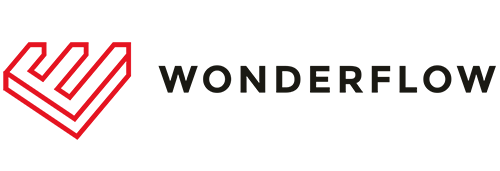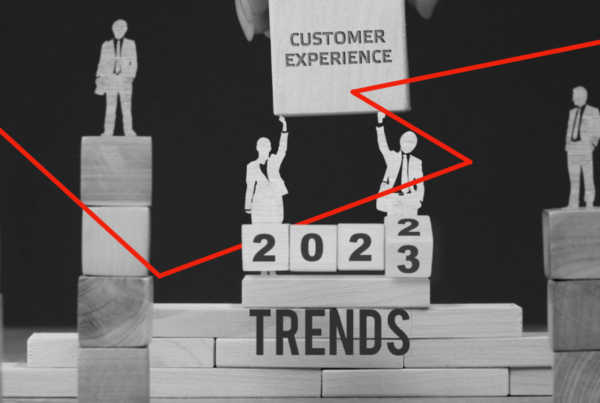As part of our Voice of the Customer (VoC) interview series, Emiliano Varrasi, Client Success Director at Wonderflow, welcomes Maria Cristina Aspesi, Global Director of Customer Care at Lavazza Group (sometimes simply Lavazza, and formally, Luigi Lavazza S.p.A.).
Often branded as “Italy’s Favorite Coffee,” Lavazza manufactured mainly coffee products and was first established in Turin, Italy, in 1895. What started as a single, family-owned, small grocery store is now an internationally recognized brand. The global retail leader has over 4,000 employees worldwide, plus six total production sites (local and abroad), and is partnering with companies and distributors in over 90 countries.
Moreover, we are delighted to bring in Cristina, who manages the global team responsible for the pre-sales and post-sales of Customer Care activities at Lavazza Group. She has been with Lavazza for a bit over eight years now. Previously, Cristina held client-facing roles at Gartner and IBM. With her enriching career, we truly want to understand how she has seen the customer service world evolve over the past decade.
Read on to learn more!
1. Emiliano: Ciao, Maria! What an honor to dedicate your time to help improve the knowledge of other industry leaders. Thank you so much. Firstly, what’s your organization’s take on data and advanced technologies like AI in today’s digital world?
Maria: Data is fundamental to getting the inputs we expect from the market and capturing the insights, the lessons, and the vision. Today, it is impossible to work without data. With regards to advanced technologies, we have already invested in many of them and are increasingly relying on them. Also, all thanks to the big project Lavazza is addressing as Next Generation CRM.
2. Emiliano: Why did Lavazza want to understand its customers better? Was it related to a specific event or decision?
Maria: There was no specific event pushing the company to understand its customers better. It was simply a decision, given that customers are the final responsibility for our business’ success.
3. Emiliano: Can you describe the challenges you faced when attempting to transform your company into being more customer-centric?
Maria: The biggest challenge we face is organization; most companies are still doing their part to become a more customer-centric organization, and Lavazza shares this experience.
4. Emiliano: How has your working style changed over the years? After Lavazza began prioritizing customer feedback analysis, that is, what changed? Can you give us any examples?
Maria: The most impacted way of working relates to the product development process and the continuous management flow.
In the product development process, we have introduced consumer tests to capture any future interactions that consumers and customers will have with the new product, anticipate claims and non-conformities, and prevent a dissatisfying customer experience/journey.
In the continuous management flow, we have introduced rules and thresholds to immediately understand the problem and provide a response without waiting for the full diagnosis. We are committed to customer experience first and product failure resolution next.
5. Emiliano: What are some barriers for businesses in this industry to overcome and improve on while leveraging consumer insights?
Maria: On top of organizational barriers, you must deeply understand consumer insights. The true barrier is showing an open mind and the ability to listen to the customers without prejudice.
6. Emiliano: Can you tell us a ‘Eureka’ moment related to when your teams learned something extraordinary, thanks to customer feedback?
Maria: It happened about two years ago, after a summer with plenty of negative customer feedback. We had realized the only way to understand certain situations is to live them at the customer site, together with the customers. For instance, the way buyers brew our coffee and the ingredients they use (the water, for example) differ from the ones we operate.
We learned that having Lavazza exiting from our offices and experiencing the coffee preparation with the customers is more valuable. And for that specific case, we understood the root cause of many complaints.
7. Emiliano: Can you share a specific example of how your teams are utilizing data from Wonderflow’s dashboard, the Wonderboard?
Maria: We use the Wonderboard data a lot! Starting from the Wonderboard data, we built indicators that we monitor quarterly to get a snapshot of Lavazza’s brand performances. We can evaluate our performances globally, comparing them to our competitors and the trends in different local markets.
We also use the Wonderboard to perform a detailed analysis of a single product and compare results with our customer care data. This way, we can read weak signals from the markets and intervene to improve quality and services. Wonderflow’s generated data is one of the drivers we have chosen to drive product improvements, prioritizing actions and interventions.
With the growing importance that e-commerce has assumed in recent years, we have set up an inter-functional collaboration table with our main e-commerce partner. We are moving towards optimizing relations with them.
Emiliano: Thank you, Maria! We are fortunate for your shared insights and the continued collaboration with Lavazza. With much in store, I’m looking forward to future projects together! Ciao!




